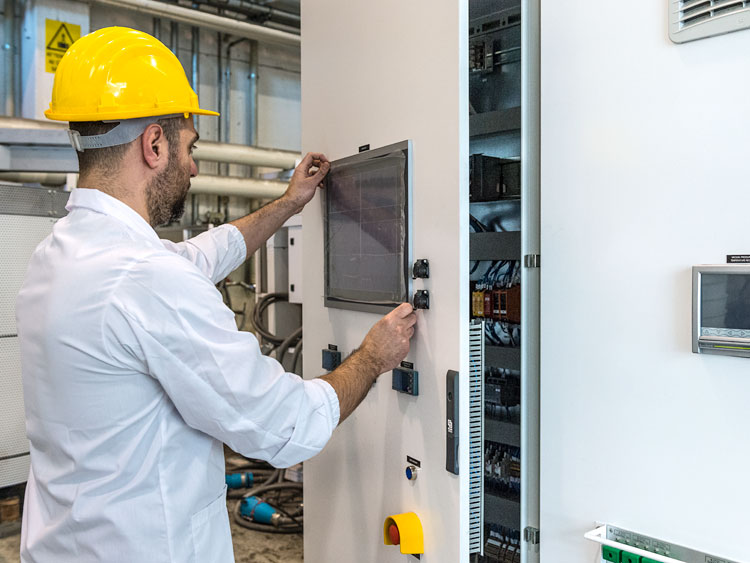A third party inspection service is the best option to ensure your products are always safe and up to quality standards, but how do you know if they’re doing their job well? AQL Standard, an industry leader in product inspection, has put together this comprehensive report on the five main categories of product defects. Whether you’re using an inspection service or want to be sure you can recognize potential issues with your own products, read on to learn what you need to know about these five main types of product defects.
Manufacturing defects
An AQL Standard 5 product inspection ensures that the quality of your product meets expectations before they’re shipped out to customers. Third party inspection involves inspecting any products from an outside company before they are integrated into your production line.
One main category for manufacturing defects is operator error where employees may not have been following all the proper procedures when producing a product, or maybe they were simply inattentive.
Design defects
These defects may also be caused by using incorrect materials or incorrect manufacturing processes. For example, if an electric appliance is malfunctioning because it was poorly manufactured with cheap parts, this would be considered a design defect rather than a production defect. In general, design defects are more common than production defects in the sense that the product was improperly designed from the start and not made incorrectly during the production process.
Marketing defects
A product defect is any flaw or imperfection in a product which makes it unusable. Third party inspection is the best way to find and identify these defects before it’s too late. To prevent quality control from being mishandled, manufacturers should hire qualified third party inspectors to ensure that their products don’t have any defects. Here are the five main categories of product defects: Manufacturing, Design, Marketing, Packaging, and Shipping.
Lack of adequate warnings and instructions
Product inspection is the process of examining goods to ensure they meet the desired standard. Third party inspection is when a company hires an independent inspector to examine their goods. Third party inspections are usually required by law and can help uncover any product defects that may have been missed during production. One way to do this is by evaluating the lack of adequate warnings and instructions on a product. A warning label or instructions should be clear, concise, and easy to understand so that customers know how to use a product safely and know what hazards may exist in using it improperly. If there is no warning label or instructions provided for a product, then it should not be sold because it poses an unreasonable risk for people who purchase it unknowingly.
Unavoidably unsafe products
In contrast with unavoidably unsafe products, a defective product can be made safe without affecting its utility or performance. When a defect causes an otherwise safe product to become unavoidably unsafe, manufacturers have an obligation to warn their customers about this hazard so that they may make an informed decision about whether to purchase the product. If a manufacturer fails to provide adequate warning, then they are in violation of the law and are subject to civil liability.
Final thought
Inspection with IATF 16949 audit is always a good idea before manufacturing, but it is even more important for the high-risk products. When you are inspecting your product, make sure to be thorough. Check all the specifications and document any defects that you find so that you can adjust them or get them fixed before production. If any problems come up during production, AQL inspection will help you catch them in time and fix the problem so that they don’t turn into an expensive recall.



